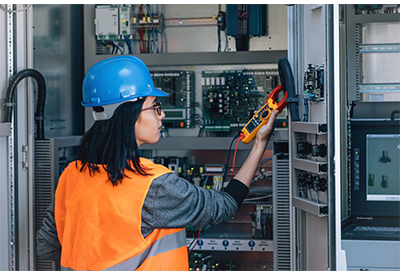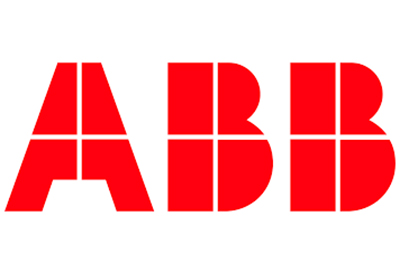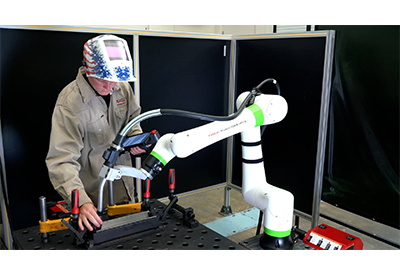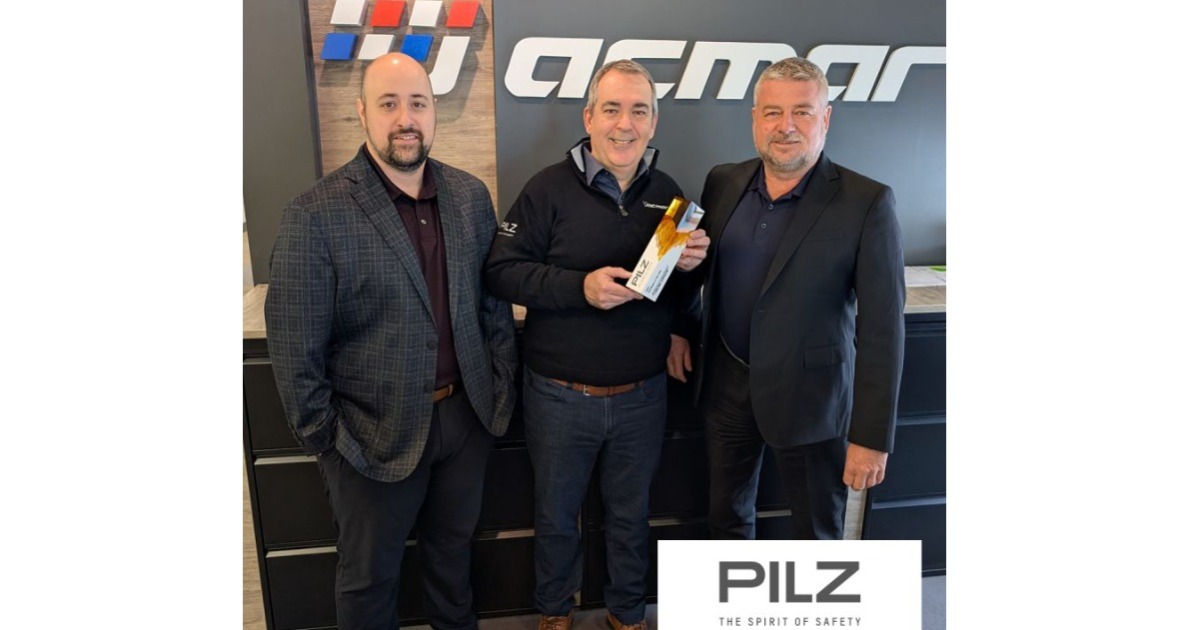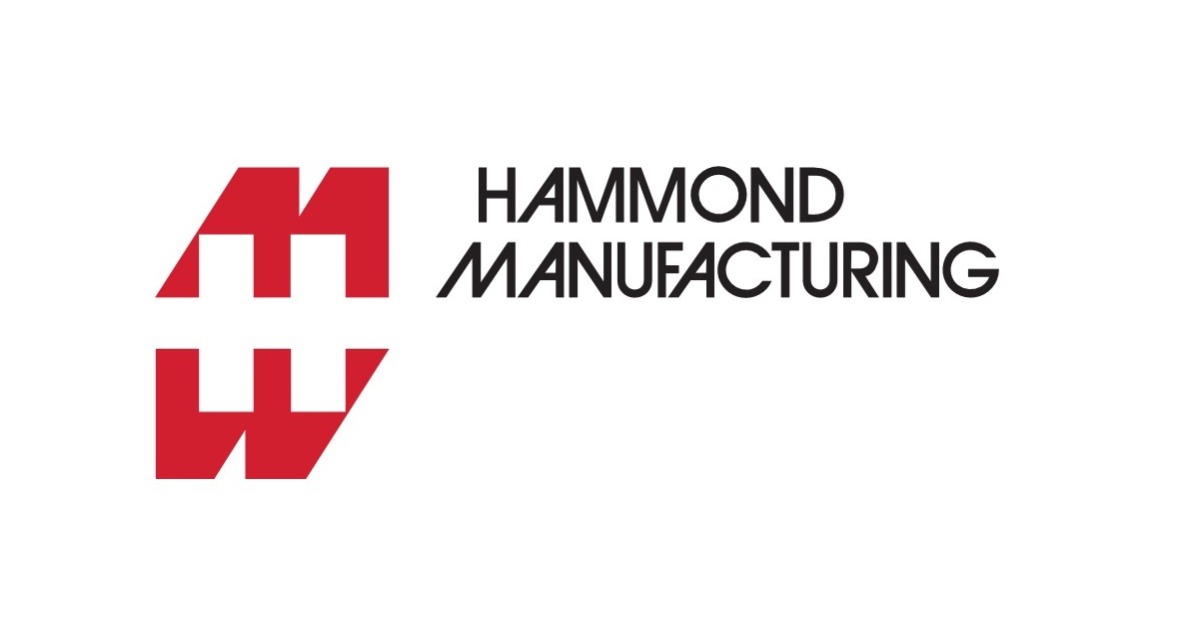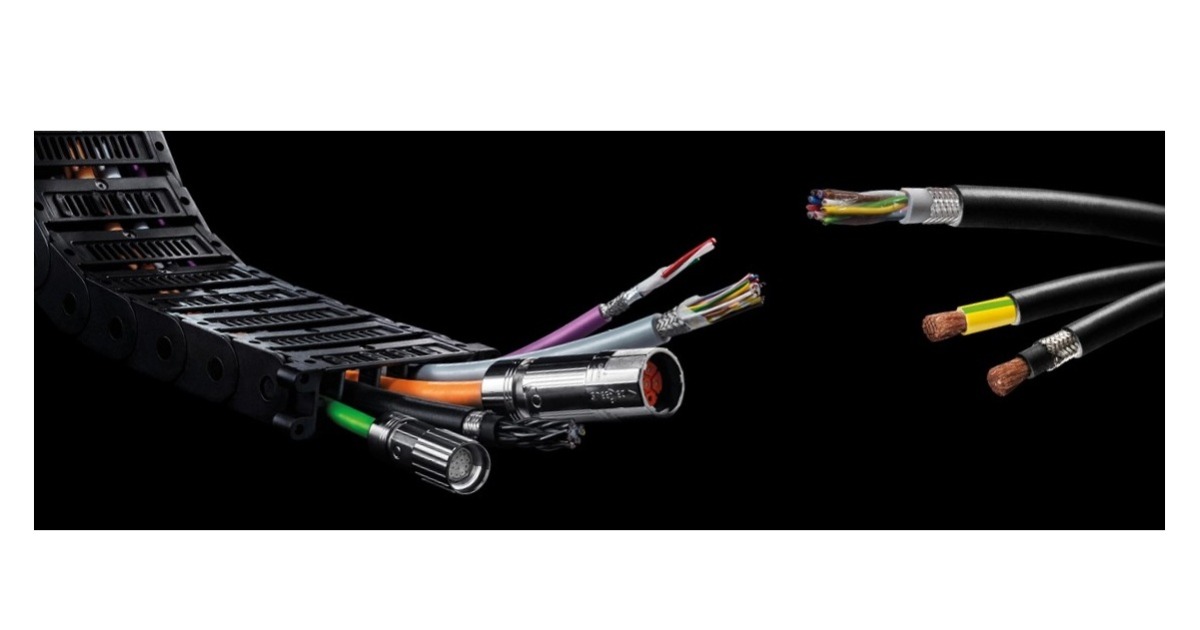Strategies for boosting the flexibility of packaging lines and managing SKU proliferation
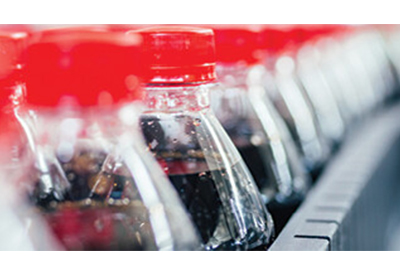
December 9, 2019
Consumer packaged goods (CPG) manufacturers are under increasing pressure to add more product variety – more sizes, more flavors, more combo options, you name it. To retain the loyalty of customers, it’s essential for CPG companies to remain highly adaptable to the whims of the market while successfully managing the complexity of SKU proliferation.
To successfully compete in this environment, food and beverage manufacturers and other CPG companies are embracing flexible packaging strategies. Industrial flexible manufacturing can mean many things, but the overarching goal is to respond effectively to changing consumer needs and manage multiple related product types.
What makes a production line flexible?
CPG manufacturers can take advantage of flexible manufacturing arrangements to produce a variety of products on the same machines, produce the same products on different machines, and efficiently accommodate product design changes. As big data helps manufacturers gather more customer data, a flexible system provides the means for translating this data into action.
To be flexible, a manufacturing system must be able to automatically identify different production units to perform the correct operation, efficiently send changeover instructions to computer-controlled production machines, and quickly change between physical arrangements of fixtures, tools and other working units.
Strategy 1: Making existing equipment adaptable
There are many things manufacturers can do to make existing machines more flexible. For example, they can automatically change the positioning of the guiderails on a line that produces – for example – bottle sizes ranging from eight ounces to one liter. As the different bottle sizes are selected by the MRP system to come down the line, guiderails and deflectors self-adjust.
When a recipe change is needed, the right HMI can allow the operator to send a signal to a machine automation controller and prompt the line to automatically adjust to the new parameters. This level of automatic adaptability can increase the number of individual SKUs that a company can package by a factor of ten or more.
Strategy 2: Using a collaborative robot to handle a variety of tasks
The packaging industry has dramatically increased its use of robotics over the past decade – in primary and secondary applications as well as end-of-line applications. Because robots themselves are becoming easier to integrate into flexible applications, manufacturers can easily use them to handle different product shapes and sizes, including delicate items.
In particular, collaborative robots – or robots that are designed to work in tandem with a human operator – provide an excellent solution for changing environments and requirements. These robots are easy to train on new tasks, and thanks to their safe design, they have a minimal impact on floorspace since guarding is unnecessary.

